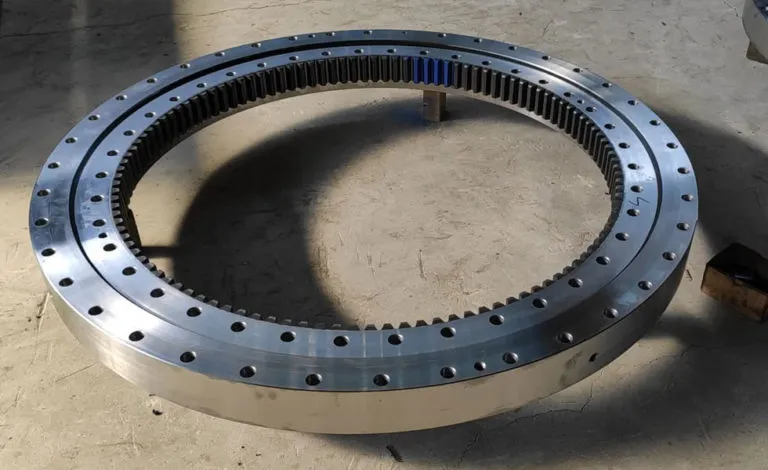-
Cangzhou Yulong Steel Co., Ltd.
-
Phone:
+86 13303177267 -
Email:
admin@ylsteelfittings.com
- English
- Arabic
- Italian
- Spanish
- Portuguese
- German
- kazakh
- Persian
- Greek
- French
- Russian
- Polish
- Thai
- Indonesian
- Vietnamese
- Zulu
- Korean
- Uzbek
- Hindi
- Serbian
- Malay
- Ukrainian
- Gujarati
- Haitian Creole
- hausa
- hawaiian
- Hebrew
- Miao
- Hungarian
- Icelandic
- igbo
- irish
- Japanese
- Javanese
- Kannada
- Khmer
- Rwandese
- Afrikaans
- Albanian
- Amharic
- Armenian
- Azerbaijani
- Basque
- Belarusian
- Bengali
- Bosnian
- Bulgarian
- Catalan
- Cebuano
- China
- China (Taiwan)
- Corsican
- Croatian
- Czech
- Danish
- Esperanto
- Estonian
- Finnish
- Frisian
- Galician
- Georgian
- Kurdish
- Kyrgyz
- Lao
- Latin
- Latvian
- Lithuanian
- Luxembourgish
- Macedonian
- Malgashi
- Malayalam
- Maltese
- Maori
- Marathi
- Mongolian
- Myanmar
- Nepali
- Norwegian
- Norwegian
- Occitan
- Pashto
- Dutch
- Punjabi
- Romanian
- Samoan
- Scottish Gaelic
- Sesotho
- Shona
- Sindhi
- Sinhala
- Slovak
- Slovenian
- Somali
- Sundanese
- Swahili
- Swedish
- Tagalog
- Tajik
- Tamil
- Tatar
- Telugu
- Turkish
- Turkmen
- Urdu
- Uighur
- Welsh
- Bantu
- Yiddish
- Yoruba

Sep . 11, 2024 07:56 Back to list
Galvanized Pipe Schedule - Specifications, Sizes, and Applications
Understanding Galvanized Pipe Schedule
Galvanized pipes have long been a popular choice in various construction and plumbing applications, primarily due to their durability, resistance to corrosion, and cost-effectiveness. One important aspect to consider when dealing with galvanized pipes is their schedule, which indicates the pipe's wall thickness and, subsequently, its pressure rating. Understanding pipe schedule is crucial for ensuring that the pipes can handle the intended fluid pressure and flow requirements in a specific installation.
What is Pipe Schedule?
The term pipe schedule refers to a standardized system that categorizes pipes based on their wall thickness. The schedule number, typically ranging from Schedule 20 to Schedule 160, provides a quick reference for engineers, contractors, and plumbers to determine the appropriate pipe size and strength needed for different applications. For galvanized pipes, the schedule number directly affects their weight, strength, and hydraulic performance.
Why Choose Galvanized Pipes?
Galvanized pipes are steel pipes that have been coated with a layer of zinc to provide improved corrosion resistance. This makes them especially suitable for outdoor applications or in environments where moisture is a concern. Their significant properties include
1. Corrosion Resistance The zinc coating prevents rust from forming on the steel, thereby extending the lifespan of the pipes and minimizing maintenance costs. 2. Strength Galvanized pipes are known for their high tensile strength, allowing them to withstand high pressure and heavy loads. 3. Cost-Effectiveness Compared to other materials, galvanized pipes offer long-term savings due to their durability and reduced need for replacements.
galvanized pipe schedule

Selecting the Right Schedule
When selecting galvanized pipes for a project, it is essential to choose the correct schedule based on the nature of the installation. For instance, lower schedule numbers (such as Schedule 40) are generally suitable for residential plumbing and water supply systems, as they provide adequate strength without being overly heavy. Conversely, higher schedules (like Schedule 80 or Schedule 160) are often utilized in industrial settings where higher pressure ratings are essential.
Considerations in Installation
During installation, several factors should be considered to ensure the longevity and reliability of galvanized pipes. Proper joining methods — such as threading, welding, or using appropriate fittings — must be employed to prevent leaks and maintain structural integrity. Additionally, the alignment and support of the pipes are crucial to avoid undue stress that may lead to premature failure.
Conclusion
In summary, galvanized pipes are a versatile and robust solution for various plumbing and construction projects. Understanding the different schedules associated with galvanized pipes is vital for selecting the right type for your specific application. By considering the corrosion resistance, strength, and proper installation practices, one can ensure a successful and long-lasting installation that meets the intended purpose effectively. Whether for residential, commercial, or industrial use, galvanized pipes continue to be a go-to material in the realm of piping solutions.
Latest news
-
ANSI 150P SS304 SO FLANGE
NewsFeb.14,2025
-
ASTM A333GR6 STEEL PIPE
NewsJan.20,2025
-
ANSI B16.5 WELDING NECK FLANGE
NewsJan.15,2026
-
ANSI B16.5 SLIP-ON FLANGE
NewsApr.19,2024
-
SABS 1123 FLANGE
NewsJan.15,2025
-
DIN86044 PLATE FLANGE
NewsApr.19,2024
-
DIN2527 BLIND FLANGE
NewsApr.12,2024
-
JIS B2311 Butt-Welding Fittings LR/SR 45°/90° /180°Seamless/Weld
NewsApr.23,2024











